How to Find Out if Your Information Ended Up on the Dark Web
Hey there! Today, I want to talk to you about a rather concerning topic – the Dark Web. You may have heard of it before, but do you really know what it is? I’ll break it down for you.
The Dark Web is a hidden part of the internet that isn’t accessible through your regular search engines like Google or Yahoo. It’s a shady place where people can remain anonymous, buying and selling all sorts of illegal stuff – from drugs to stolen credit card information.
Now, here’s the scary part – your personal information could be floating around on the Dark Web without you even knowing it. That’s why it’s essential to know how to check if your data has been shared there. Don’t worry; I’ve got your back.
First things first, you need to understand that the Dark Web operates on an entirely different system than what you’re used to. Instead of regular URLs like “www.example.com,” Dark Web sites have long, complicated strings of letters and numbers. They also use a special browser called Tor to keep everything hidden.
But don’t worry, I won’t make you navigate this dark and mysterious web yourself. There are some trusted websites out there that can help you check if your data is in danger.
One of those websites is “Have I Been Pwned.” Sounds a bit funny, but it’s totally legit! By entering your email address, this site will let you know if your data has been compromised in any known breaches or leaks.
Another useful tool is “Dark Web ID.” This service scans the Dark Web continuously to see if any of your information is being sold or traded. It’s like having your own virtual detective keeping an eye out for you.
Alright, we’ve covered the basics. Now, let’s talk about some precautions you can take to keep your data safe. First off, make sure to create strong, unique passwords for all your online accounts. That way, even if one account gets hacked, the rest will remain secure.
Secondly, be extra cautious about the information you share online. Avoid giving away too many personal details on social media platforms or in public forums.
Lastly, consider using a password manager. It’s an excellent tool for generating and storing complex passwords, so you don’t have to remember them all.
Okay, my friend, that’s a wrap! You now have a better understanding of the Dark Web and how it can potentially impact your personal information. Remember, it’s always better to be safe than sorry, so be proactive in protecting your data. Stay alert, stay secure!
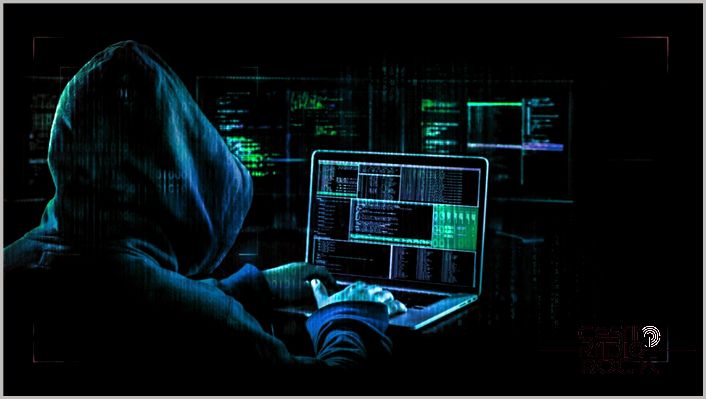
The internet we use every day and are familiar with is just the tip of the iceberg. Our social networking sites, streaming platforms, and email are only the surface layer of the internet. Below this layer lies a dangerous part of the internet that most people don’t know about, called the Dark Web. This is where hackers and scammers share your personal and leaked data, and it can be a real problem. So, how can you find out if your data has been shared on the dark web, and what can you do about it?
How Does Your Data End Up on the Dark Web
You can find many videos and news articles about the dark web since it is mostly used for illegal activities. It is a hub for various criminal enterprises, including selling fake medicines, weapons, stolen data, counterfeit money, and hacking services. Obviously, you don’t want your data to end up on the dark web, including your login information and personal details.
But unfortunately, you don’t always have control over these things. Your data might have been part of a data breach, or it could have been stolen while you were using public Wi-Fi at a coffee shop. To prevent your Facebook account from getting hacked, it’s best to avoid using public Wi-Fi.
How to Check if Your Data Is Shared on the Dark Web
There are various tools you can use to check if your data is available on the dark web. But the most reliable one is Google’s Dark Web Report. It can determine if your data has been leaked and what information was shared.
Here’s how you can use Google’s Dark Web Report to find your leaked data on the dark web.
On iOS or Android:
- Download and open the Google One app on your iPhone or Android.
- Select the Dark Web Report option from the Home tab.
- Tap on Run Scan and wait for the scan to complete. This usually takes about 30 seconds.
- Tap View Results.

- Here, you will see detailed results of your data breach, including what information was leaked, which website it was leaked from, and the date of the breach.
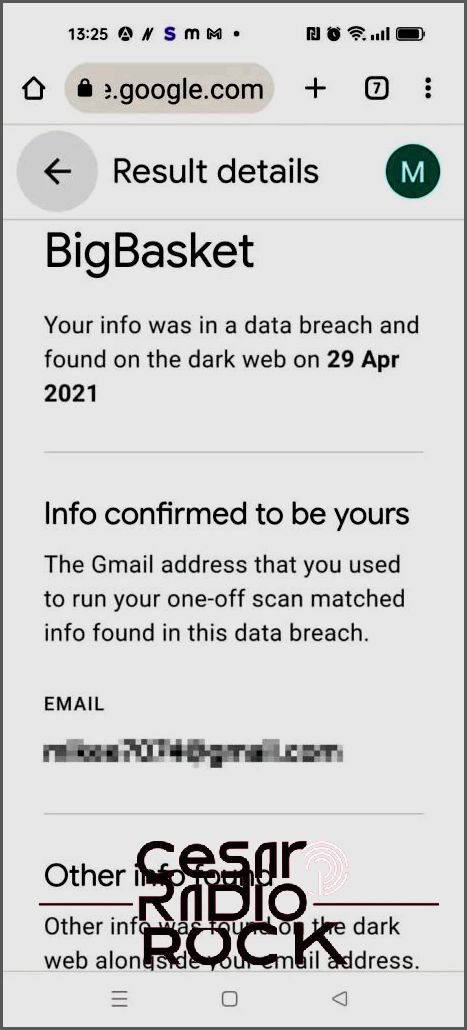
- You can also check the details about each individual leak.
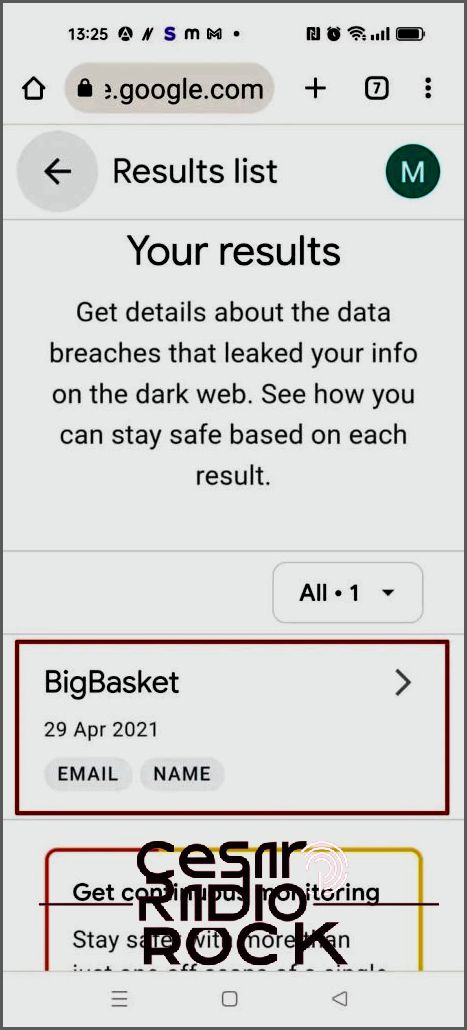
Google One members can scan their SSN (US only), name, date of birth, address, up to 10 emails, and 10 phone numbers. They can also review the results, receive actions and guidance, get notifications of new results, and create and manage monitoring profiles. Non-Google One members don’t have the last two options.
On PC or Mac:
- Open any browser and go to Google One.
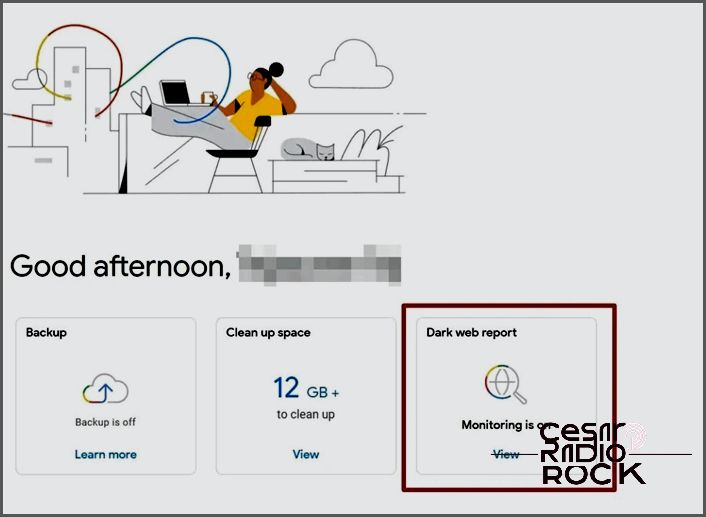
- Sign in to your Google account and click on Dark Web Report.
- Click Run Scan and wait for the scan to complete.
- Once the scan is finished, click View Results.
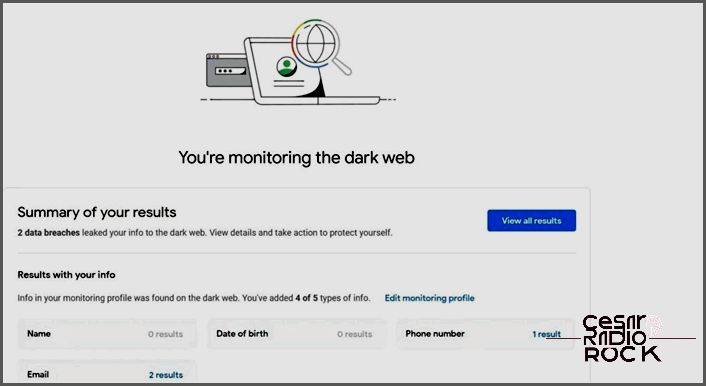
- You can see the websites where your data was compromised and the specific details.
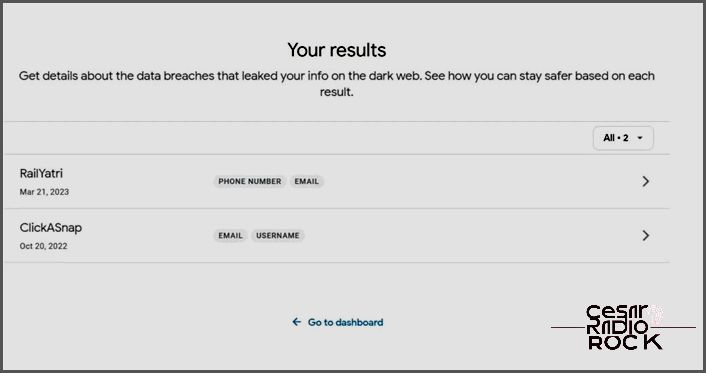
Use the Run Scan option regularly to get an up-to-date report of your leaked data on the dark web. If you are a premium Google One subscriber, your Dark Web monitoring is always on for your account.
What to Do if Your Data Is Found on the Dark Web
Don’t panic if you discover that your data has been part of a data breach and was leaked on the dark web. The next step is to know what to do to protect your data from further breaches. To prevent your data from being used by malicious individuals, you can take the following steps:
1. Change Passwords
The most important thing is to have strong and unique passwords for your websites. Make sure to follow best practices, such as not using your name, your pet’s name, your birth date, or any other information about you that can be found online. Also, avoid using the same password for multiple websites, especially for banking websites, as one breach could give hackers access to all your accounts.
Use a password manager to have unique passwords for all your online accounts.
2. Enable Multi-Factor Authentication
It’s great to see that most websites and companies have already implemented Multi-Factor Authentication or are in the process of adding it to their systems. MFA requires you to verify your identity more than once, and the generated code is real-time for logging into a specific website. If your email and password are leaked on the dark web, change your Gmail password and use two-factor authentication for added security.
Always Keep Your Data Safe
Always take precautions to protect your sensitive data online and keep it safe from any data breaches. With Google’s Dark Web Report tool, you can securely protect your accounts that have had their details leaked online. Now that you know how to find your data on the dark web, enable two-factor authentication on your Telegram account for extra safety.
FAQs
Q: Can you remove your data from the dark web?
A: Unfortunately, you cannot remove your data from the dark web, but you can take preventive measures to ensure that your data is not compromised further. You can follow the steps described above to protect your data.
Q: Do I need a Google One subscription to access the Dark Web report?
A: You do not need a Google One subscription to access the dark web report. However, with a subscription, you have added benefits such as continuous monitoring of the dark web for your personal information, getting results for information other than your email address, and receiving notifications for new results.
